In Antwerp , the Royal Museum of Fine Arts (KMSKA - Koninklijk Museum voor Schone Kunsten Antwerpen), one of the most important museums in Flanders and Belgium as a whole, reopens on September 24, 2022, after eleven years of restoration and renovation. A major building, a world-class collection, dynamic displays, and bold programming-these are the ingredients of the new museum. The work, which also created 40 percent additional space, was designed by KAAN Architecten, who wanted to create two worlds in one building, with work that earned the new museum several awards even in its closed period.
“The opening of KMSKA,” said Jan Jambon, Minister President of Flanders, “is the cultural highlight of 2022. Museums are important in a society. They are not only the living memory of past generations, but they are also places that respond to societal developments. Museums are beacons of trust and hope. In these uncertain times, they have an increasingly important role to play. The KMSKA houses the largest art collection in Flanders. Finally, after a long world tour, our Flemish masters are back home!”
The Flemish government has invested more than 100 million euros in the renovation and expansion of the KMSKA, to renovate and redesign 21,000 square meters of museum space. But it will continue to invest. “The KMSKA,” says Luk Lemmens, president of the museum, “is extremely pleased with this new infrastructure that offers many opportunities. In the future, however, we will continue to face significant financial challenges. In recent years we have often considered the business model together with the board of directors. We have international ambitions. And ambitions cost money. The government is in a difficult position, and we understand that. By positioning ourselves as true cultural entrepreneurs, we have found a lot of business support. KMSKA is the first cultural institution in Flanders to achieve so well in this field.”
With 8,400 pieces, KMSKA’s collection is the largest and most valuable in Flanders. The collection is the result of the eclectic tastes of collectors and filmmakers from different eras. The oldest work dates back to the early 14th century. Although the KMSKA holds works of art mainly from Belgium and the southern Netherlands, it also has a good number of international masterpieces of exceptional quality. Carmen Willems, general director, says, “We decided to present the collection in two main periods. We show the old masters in the historical part, the moderns in the new volume. In the pivot point is the artist James Ensor. We have the largest Ensor collection in the world. He will be given an entire wing.” The KMSKA, Lemmens adds, “is still too often associated only with old masters. Thanks to the space gained, our fantastic collection of modern art gets the place it deserves. In addition, we can now exhibit works by James Ensor and the Antwerp artist Rik Wouters. We also possess the largest Wouters collection in the world.”
The new museum aims to be a meeting place where everyone feels welcome. The entrance to the new museum has also been literally lowered to the ground floor, where an additional entrance has been created. The museum also has a strong commitment to inclusion and participation. All aspects of its operation and programming show that this element has been thoroughly considered. “You can see it in everything,” says Willems, “whether it’s the room texts or object labels, the partners KMSKA works with, the choice of Artists-in-Residence or the composition of the team. During its beauty sleep, the museum has gradually acquired a new DNA. We are proud of this because such a process does not happen by itself. It has been a delicate and challenging balance. Bold choices were made. We had some important focal points in our approach: we want to invite visitors to look differently and see more. We do this by, among other things, showing works of art in unconventional ways.”
The stated goal of the new museum is to experience as well as to gain knowledge. KMSKA wants to give every visitor a feeling that resonates far beyond the museum walls. “It is important to me that a museum is committed to the experience,” Lemmens emphasizes. “In this sense, the KMSKA team has done an incredible job. So I would like to invite everyone to immerse themselves in the wonderful world of the KMSKA.”
 The new KMSKA in
The new KMSKA in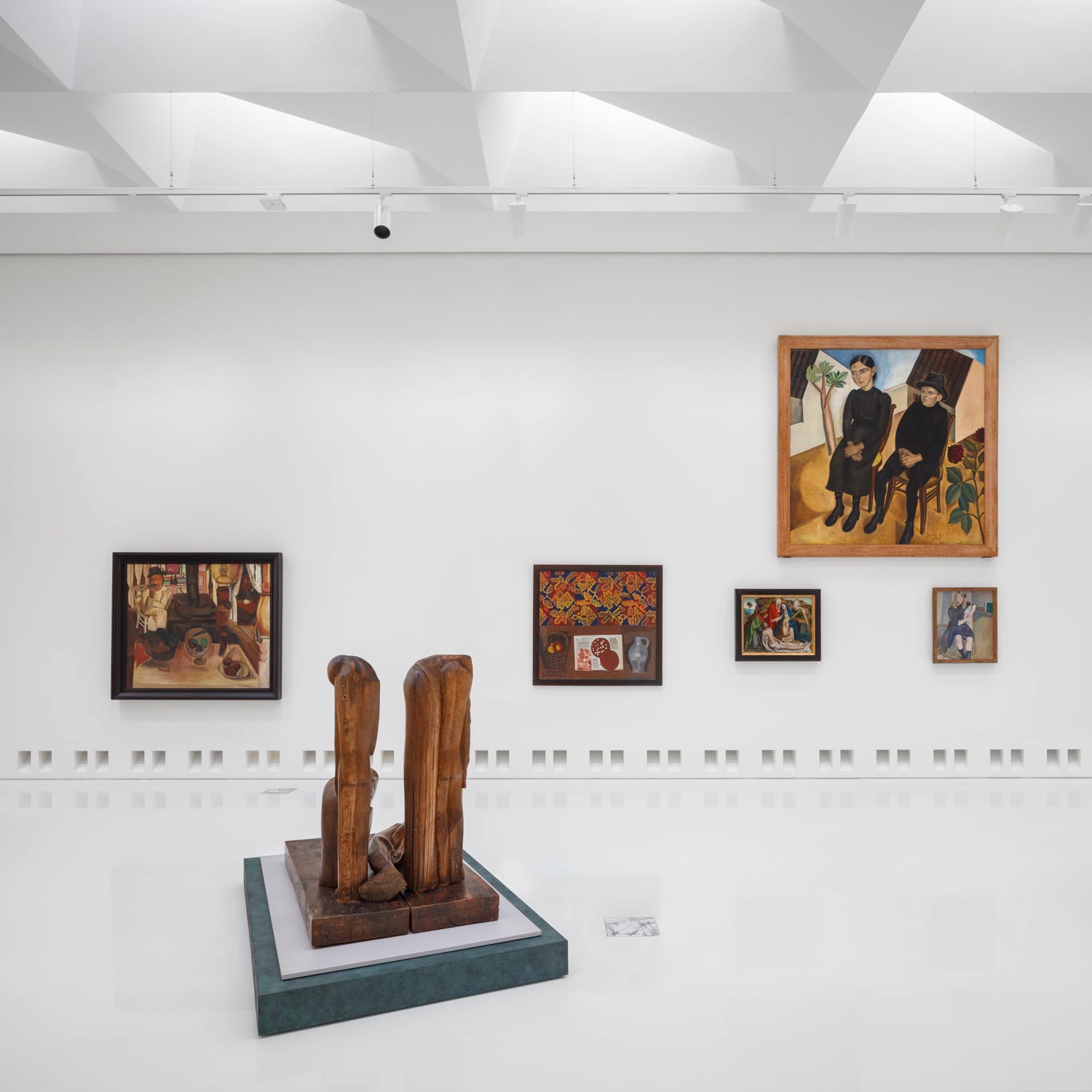
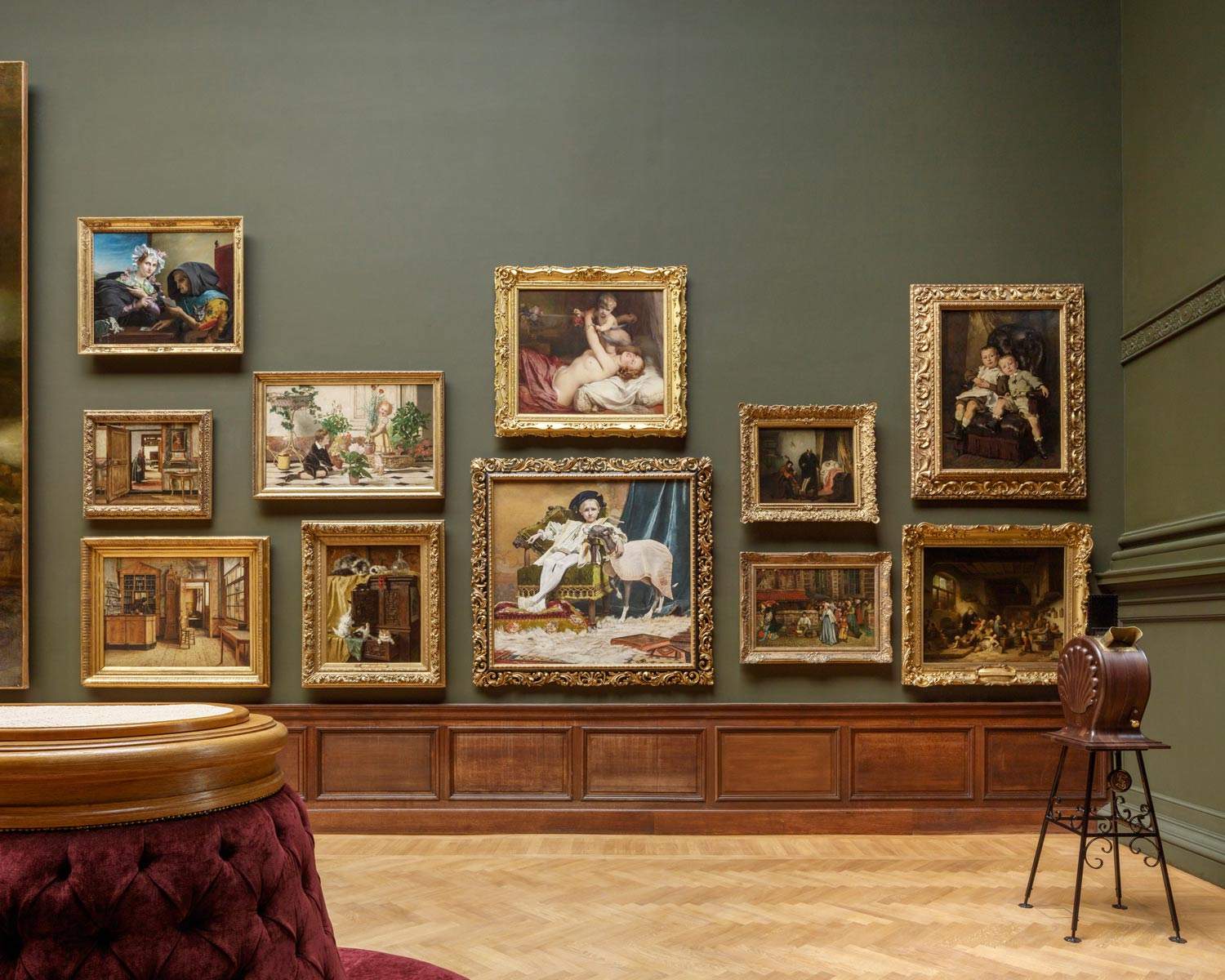
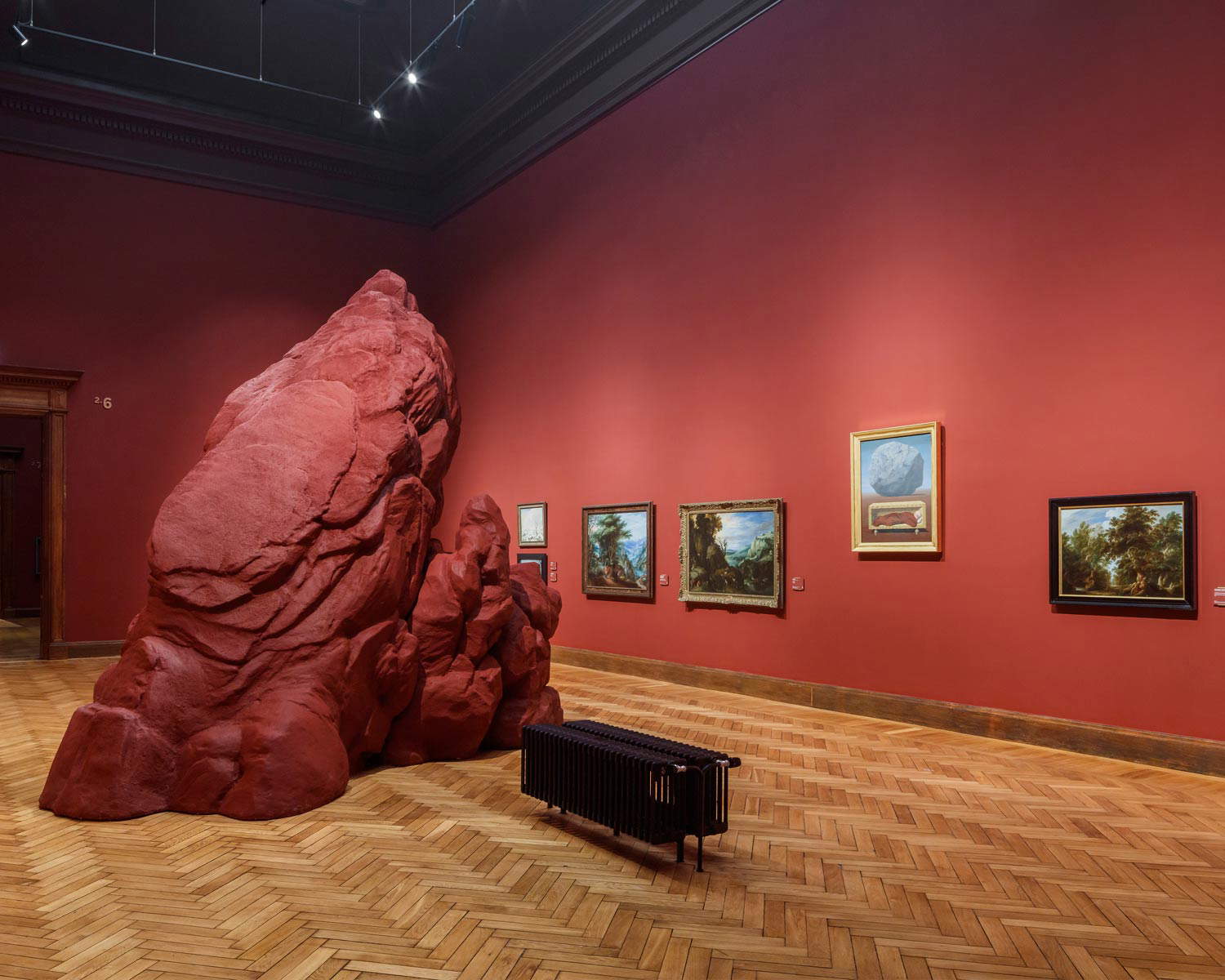

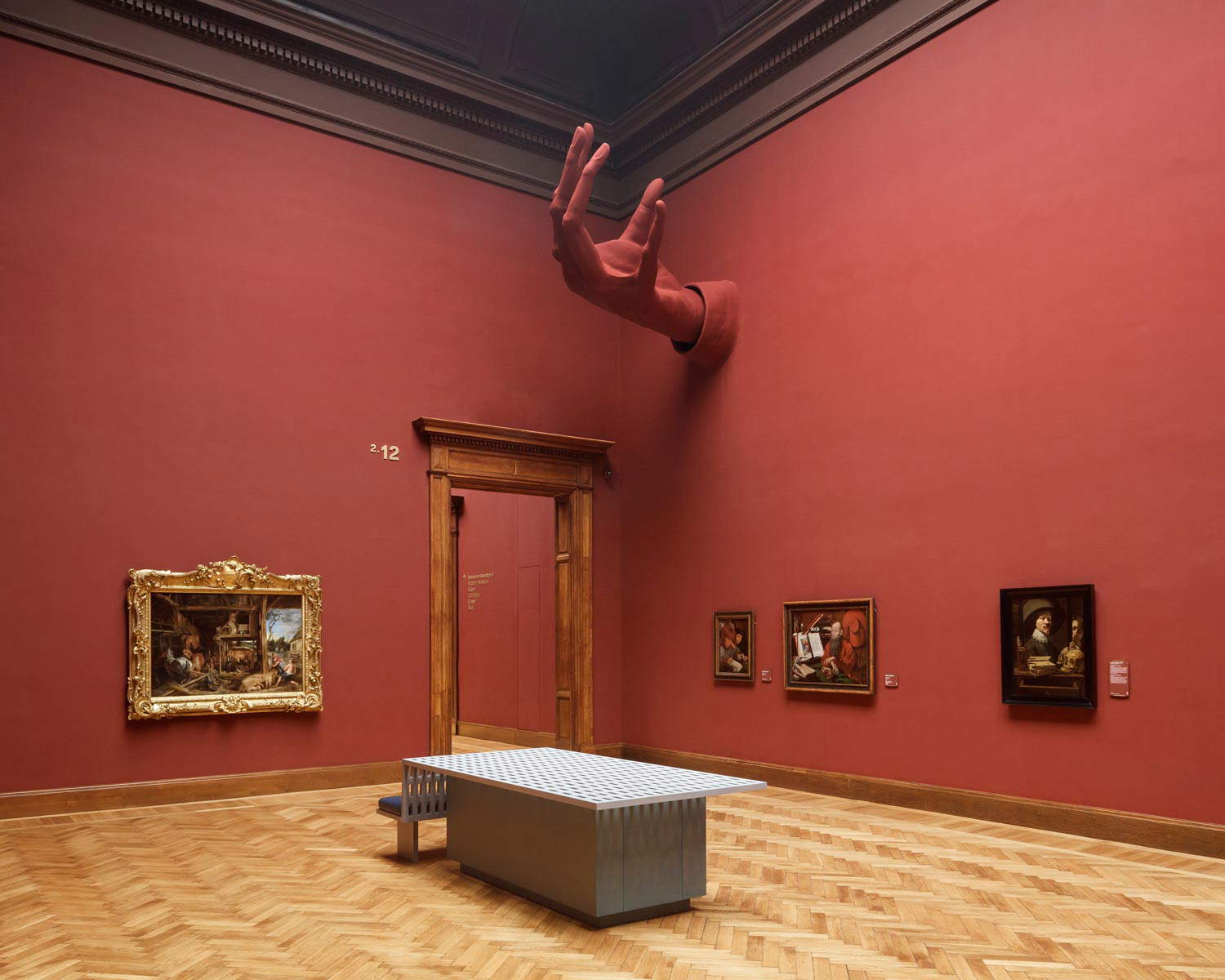
KAAN Architecten has created new white volumes in the heart of the historic museum. This provides visitors with two museums in one. This division continues in the way the museum displays works of art. Upon entering one is immediately faced with a choice: ancient or modern? In the historic galleries one can see art created before 1880; in the white rooms one can enjoy art created after 1880. The link between the two spaces is theEnsor Wing, which houses the largest James Ensor collection in the world. In addition, KMSKA is now working to supplement the collection with relevant pieces from other institutions and private collectors. For example, from Museum Boijmans Van Beuningen-which has closed for renovation-eight masterpieces have arrived on loan for a period of five years. Then there are works of contemporary art selectively integrated into the galleries, such as works by Luc Tuymans, Marlene Dumas, and Berlinde De Bruyckere.
Presenting seven centuries of art in optimal condition-this was the starting point of the renovation of KMSKA. The phased master plan took into account both the past and the future. KAAN Architecten’s architectural concept thus takes the visitor on an adventurous journey through two worlds in one museum, two contrasting and dialoguing museums. A restoration that aimed to show the utmost respect for the centuries-old architecture and at the same time meet the needs of the contemporary museum collection. Also among the new features is the De Tien space, which mixes ancient and contemporary by placing contemporary installations inspired by the former alongside the works of past masters to offer a different way of looking at the museum.
During the restoration of KMSKA, the mosaic floors were also renovated. Unfortunately, the floor at the top of the stairs, just before the entrance to the museum, could not be saved. Therefore, an ambitious alternative was chosen: a stone welcome mat, which to date is also the largest artistic mosaic in Belgium.
The museum’s efforts on the restoration front also continue. In fact, the KMSKA is one of the few Flemish museums with its own restoration studio. It was founded in April 1999, and when the museum closed in 2011, the restoration studio moved to a space outside Antwerp. Here the studio functioned as never before. One hundred and thirty-three paintings and sculptures received conservation treatment. Special attention was paid to works on paper and frames. The restoration studio will return to the museum when it reopens and will be accessible to the public, allowing visitors to see the restorers at work.
The start of the journey to the new museum began in 2003, when the Flemish government’s Department of Culture, Youth and Media issued a tender for the museum’s renovation. The department coordinated all tenders and awards throughout the renovation. Meanwhile, the museum actively sought cooperation with entrepreneurs: the main partner, Delen Private Banking, pledged full support and paved the way for others. DCA, Maison Vervloet 1905, Port of Antwerp-Bruges, BMW and many others followed. The more than 60 members of the museum’s newest business club, the “Club Fouquet,” did not fail to lend their support. KMSKA also keeps the tradition of donations alive and can continue to count on the important support of its supporters. Without donations, the collection of the Royal Museum of Fine Arts Antwerp would never have become as impressive as it is today. Works of art received through donations and bequests account for as much as 40 percent of the museum’s collection. Not only companies and individuals, but also various funds contribute to the museum’s image and appeal: thanks to the generous support of the Baillet Latour Fund and the National Lottery, among others, important masterpieces in the collection have been preserved. This allows visitors to see these restored works in excellent condition.

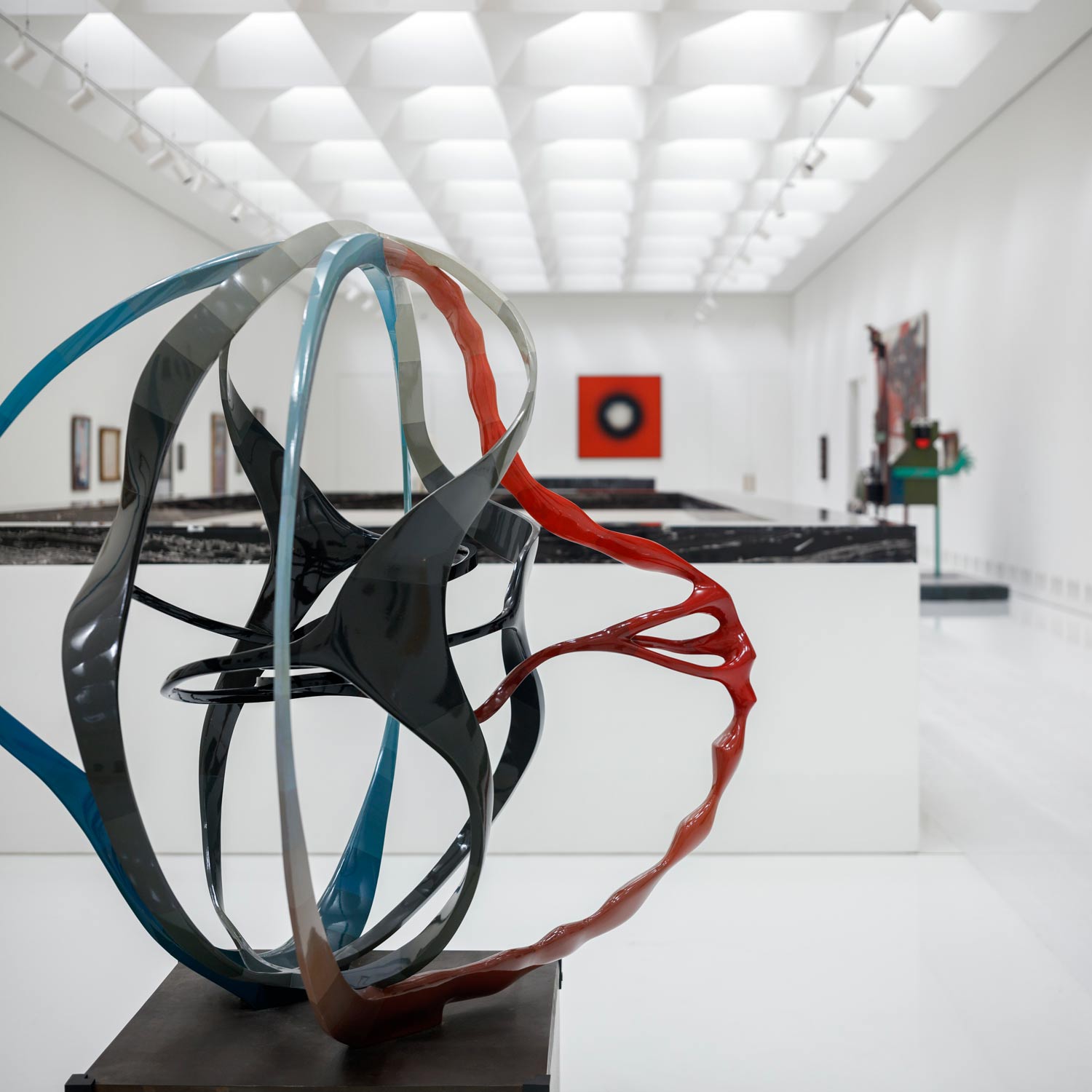
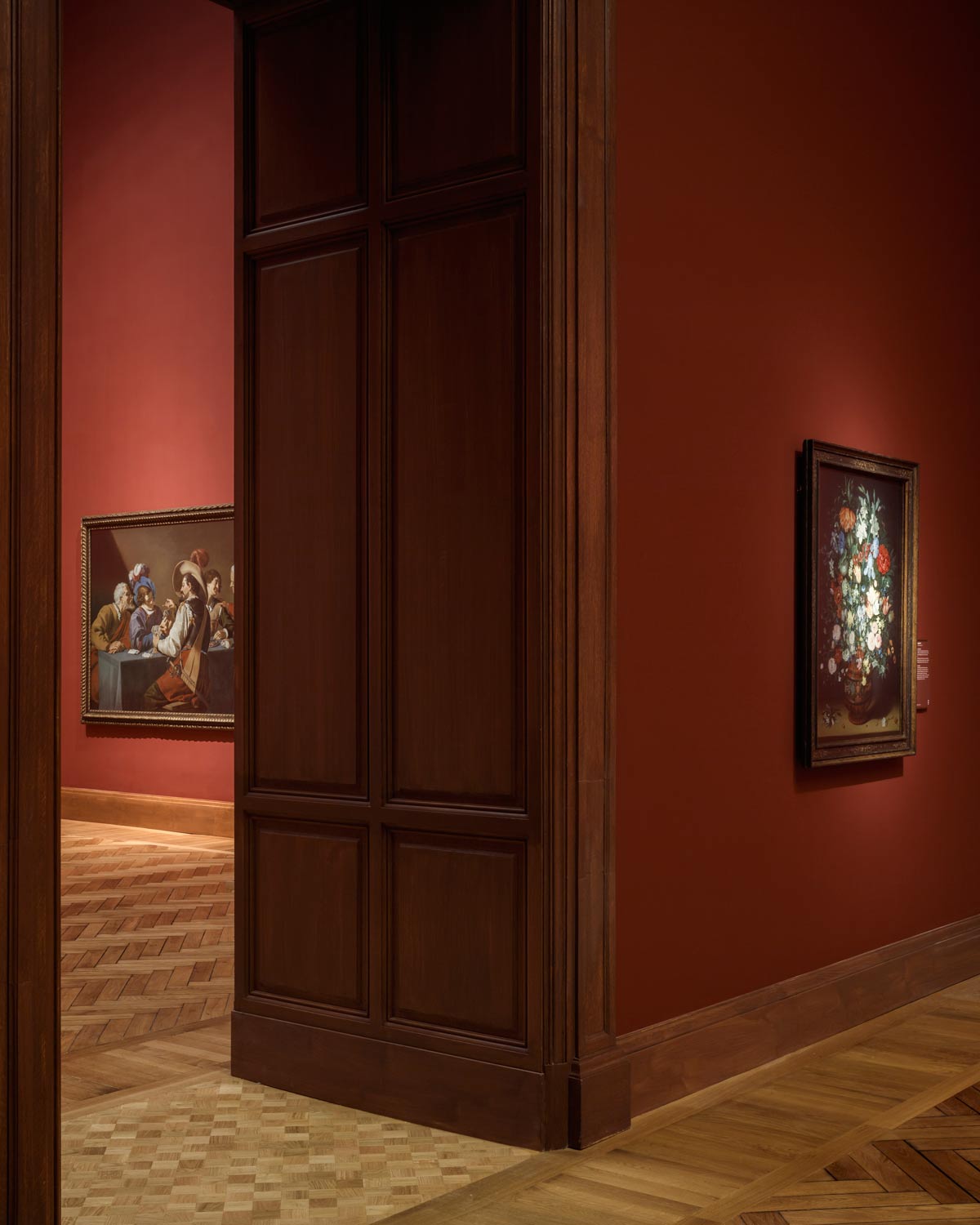 The new KMSKA in
The new KMSKA in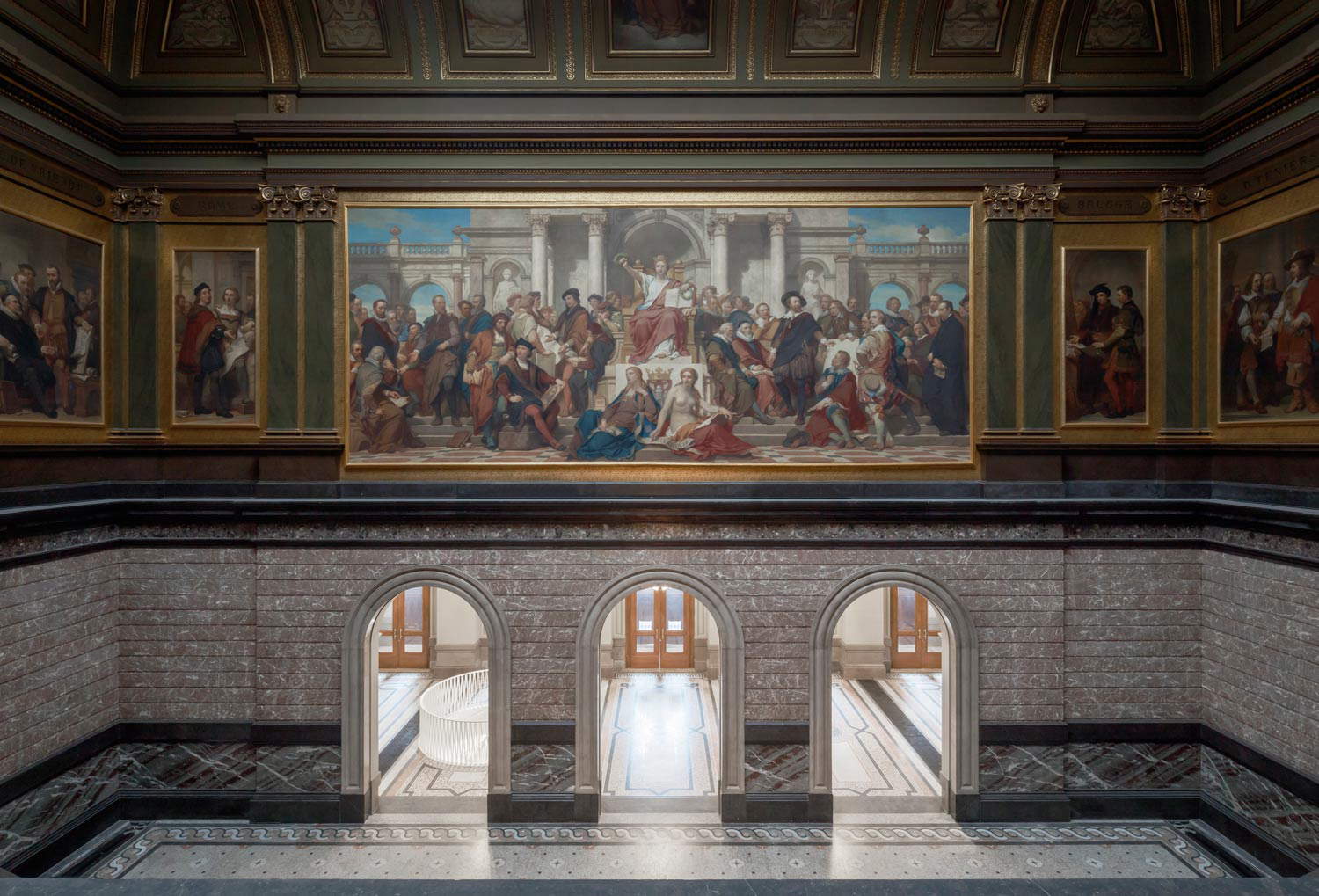
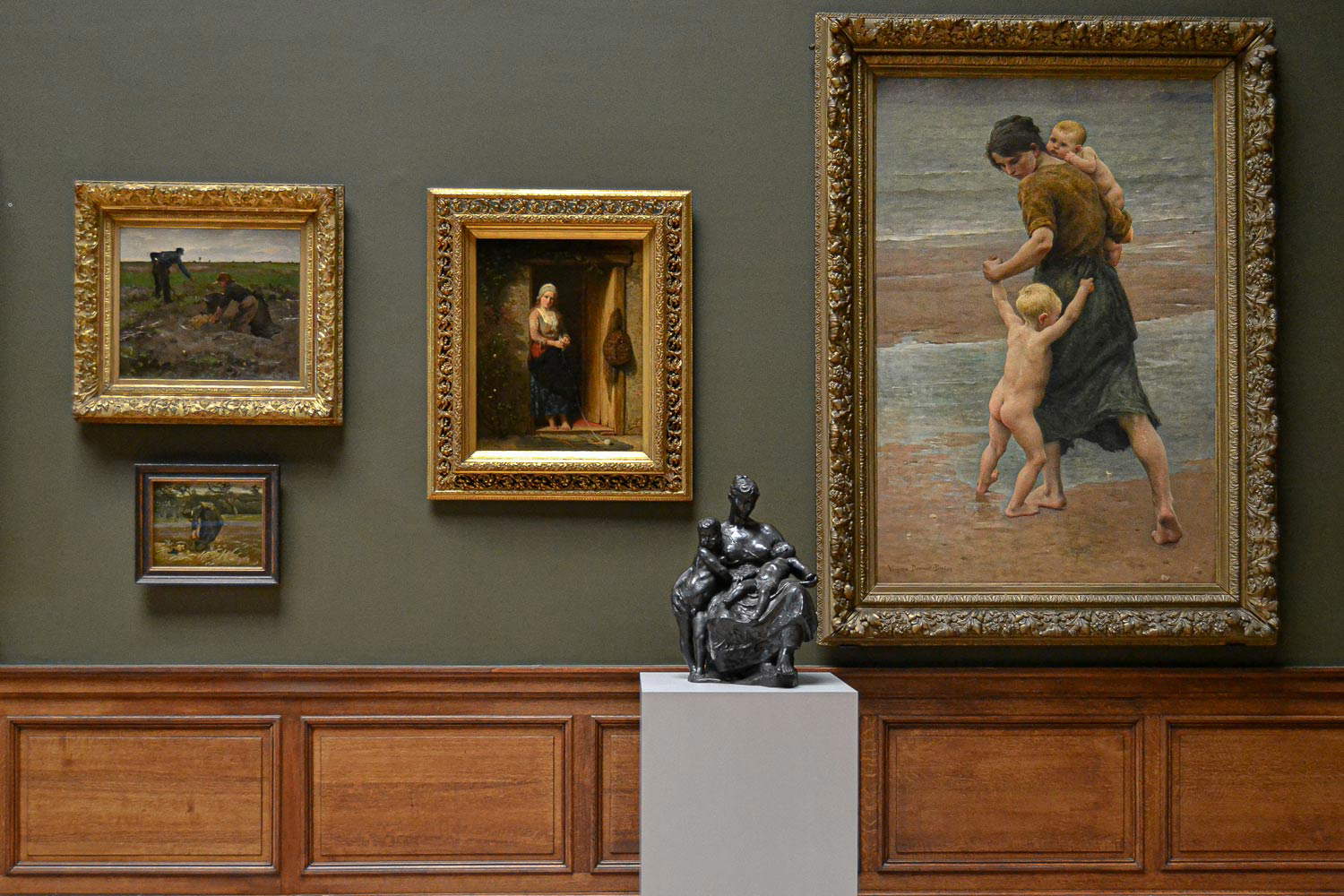

During its closure, the KMSKA examined its colonial history in collaboration with various experts. In particular, funding for the building, the collection and the “human zoo” set up during the 1894 World’s Fair were examined. The KMSKA was not built using colonial funds, but through funding from the city of Antwerp and the Belgian government. The building was completed in 1890. At that time, the Congo was not yet generating large profits for Leopold II. However, many of the museum’s patrons were active in colonial trade. Of the 1,742 works donated to the museum, 57 (3.3 percent) were probably financed with colonial money.
The 1894 expo was organized by a specially established committee that had close ties to Antwerp business and city authorities. The “human zoo” was part of the Congo Pavilion. This was established within the Leopold administration of the Congo Free State. Therefore, KMSKA had no role in that initiative. However, the museum says it is “deeply sorry for this dark episode. We also recognize that it is inextricably linked to the history of the museum. We are working on a seminar in 2024, 130 years after the World’s Fair, to give this history a place.” Finally, the museum has also mapped out the colonial storyline behind some pieces in the collection, such as an ivory sculpture by Josuë Dupon or a bust of Leopold II by Thomas Vinçotte, which is in the repository. “We want to further develop such stories,” KMSKA concludes, “within our future public offerings.”
 |
| Antwerp, after 11 years of work reopens KMSKA, the Royal Museum of Fine Arts |
Warning: the translation into English of the original Italian article was created using automatic tools. We undertake to review all articles, but we do not guarantee the total absence of inaccuracies in the translation due to the program. You can find the original by clicking on the ITA button. If you find any mistake,please contact us.